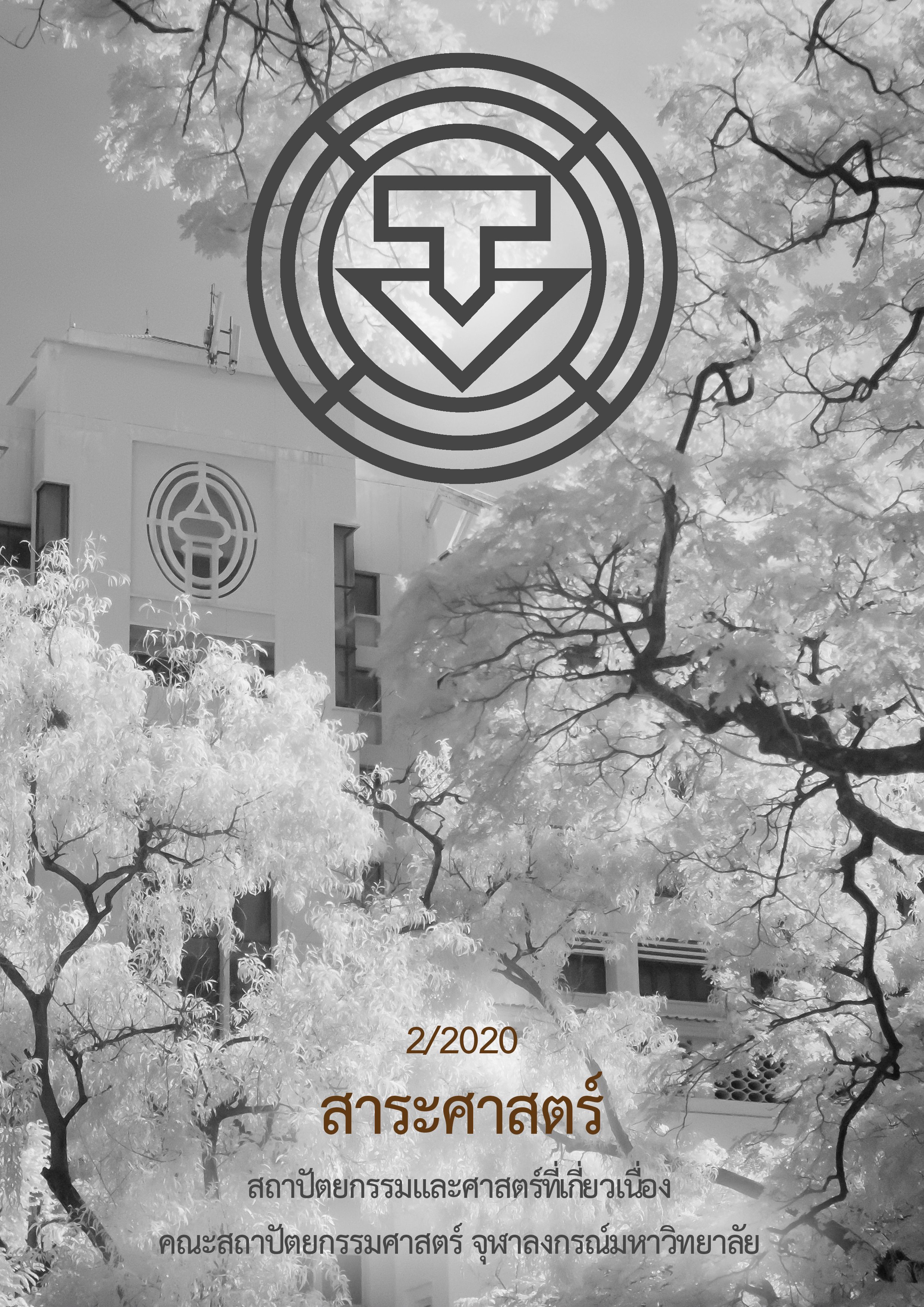Factors Related to Public Park Users Using The Real Estate in The Surrounding Area: A Case Study of Santiphap Park
Main Article Content
Abstract
Public Park is an open space land use of the city and a public recreation area for people. It is considered as an important green area of the city. Due to the trend of the urban population, the number of urban populations is expected to increase continuously in the future that makes the public park more important. However, in Thailand, especially Bangkok, the public park has not given importance as it should be. It can be seen from the number and size of green areas per population, which are still lower than the WHO international standard. The public park has many benefits for people living or working in the surrounding areas. In addition, the real estate in the surrounding area has received various benefits from the park including physical, social, environmental, and economic.
Thus, this research aims to study the demographics and factors related to public park users. The research also focuses on public park users who use real estate in the surrounding area. The research selected the physical scope in Bangkok with various criteria. Finally, Santiphap Park, which is located in the Ratchathewi district, was selected as the case study. The research methodologies are as follows: 1) review the relevant documents, principles, and theories, 2) interview the relevant samples, and 3) analyze data, conclude findings, and give suggestions.
According to analytical data, public park users, who use real estate in the surrounding area, can be categorized into 3 groups by usage characteristics. These 3 groups are 1) users who have residence within the public park's radius, 2) users who have workplace or school within the public park's radius, and 3) users who spend on the surrounding areas of the public park. However, the users in these 3 groups may intersect with another group.
The findings of this research show demographic data, park usage behavior, and spending behavior in the surrounding area of public park users. The findings also show radius distance from the public park to the residence and the workplace/school of the park users. Finally, the factors that are related to public park users and the real estate in the surrounding area are shown. The related factors include housing characteristics, housing type, activity type, usage period, usage duration, usage frequency per week, travel type, and travel duration of public park users.
Article Details
References
เดชา บุญค้ำ. สวนสาธารณะระดับมหานคร. กรุงเทพฯ: ภาควิชาภูมิสถาปัตยกรรม จุฬาลงกรณ์มหาวิทยาลัย, 2549.
นิติ รัตนปรีชาเวช. หลักการและแนวคิดในธุรกิจอสังหาริมทรัพย์. กรุงเทพฯ: โรงพิมพ์มหาวิทยาลัยธรรมศาสตร์, 2561.
ภาวิณี อินชมภูและสืบสิริ ศรีธัญรัตน์. “การพัฒนาโครงข่ายพื้นที่สีเขียวในกรุงเทพมหานคร.” วารสารวิชาการคณะสถาปัตยกรรมศาสตร์ (2560): 99-120.
สำนักผังเมือง กรุงเทพมหานคร. พื้นที่สีเขียวในรูปสวนสาธารณะกรุงเทพมหานคร ปี 2554. กรุงเทพมหานคร:กองนโยบายและแผน สำนักผังเมือง กรุงเทพมหานคร, 2555.
Dierick, F., E., Point, W., Cornacchia, and M., Pirovano. “Closing Real Estate Data Gaps for Financial Stability Monitoring and Macroprudential Policy in the EU.” Paper presented at IFC – National Bank of Belgium Workshop, Brussels, May 18-19, 2017.
Sherer, P. The Benefits of Parks: Why America Needs More City Parks and Open Space. San Francisco, C.A. : The Trust for Public Land, 2003.
United Nations. Department for Economic and Social Affairs. World Urbanization Prospects: The 2018 Revision. New York: United Nations, 2019.
World Health Organization. Urban Planning, Environment and Health: from Evidence to Policy Action. Copenhagen: WHO Regional Office for Europe, 2010.
Yamane, T. Statistics: An Introductory Analysis. 2nd ed. New York: Harper and Row, 1967.


